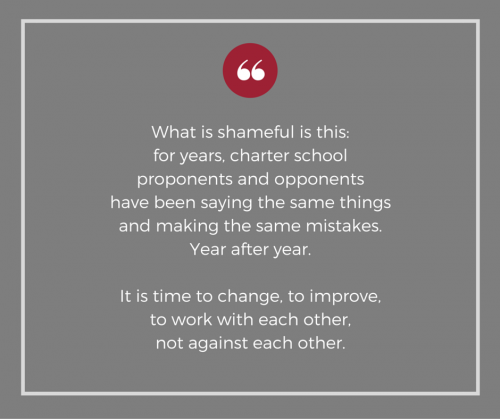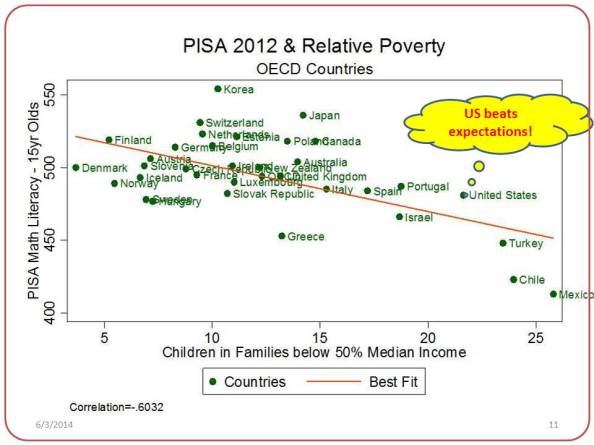House Speaker Stumbo: House and Senate couldn’t agree on cuts to higher education
Breakdown casts doubt on whether deal can be reached by April 15 deadline
If no budget, governor could make appropriations only to emergency services and federal mandates
Negotiations over a two-year, $21 billion state spending plan broke off Thursday after House and Senate leaders couldn’t come to an agreement over cuts to higher education and how much money should go into a fund for pension payments.The impasse put in jeopardy a compromise on the budget before this year’s legislative session has to end by midnight April 15.
House Speaker Greg Stumbo, D-Prestonsburg, said shortly after 11 a.m. Thursday that the House and Senate couldn’t agree over cuts to higher education.
Gov. Matt Bevin and the GOP-led Senate had included 9 percent cuts for each of the next two fiscal years in their budget and included additional money for the state’s ballooning pension payments. The Democratic-led House had not included any cuts to higher education in its budget.
The Senate counter-offered Thursday to cut higher education each year by 4.5 percent, but the House balked.
“The House sees no reason to cut public education given the fact that we are fully funding the pension situations, as requested and even going beyond that and leaving a more than adequate budget reserve trust fund and a fund that the governor has indicated that he would use to shore up the pension system ,” Stumbo said. “We see no reason to cut public education. No one has ever told us why.”
Stumbo said that cuts in higher education would probably result in a tuition hike for incoming students.
But Senate President Robert Stivers, R-Manchester, argued that adding more money to the pension systems would help universities with their budgets. The pension systems have an unfunded liability of more than $30 billion.
When asked whether there was a possibility that budget talks wouldn’t resume, Stumbo said he would continue to speak with Stivers, but he called on Bevin, a Republican, to soften his stance on higher education cuts.
“I think the next step would be for the governor to call the Senate and give them some direction,” Stumbo said. “I think if the governor wants to have a budget, I think he should intervene with the Senate.”
“I don’t think the chances are great, but it is still possible,” Stumbo said of the likelihood of the two sides reaching agreement.
The General Assembly will return Friday, the 59th day of the legislative session. The two sides needed to have an agreement on the budget in place by Thursday in order for both chambers to vote on it Friday and still have time to override any gubernatorial vetoes when it returns April 12. That would be the 60th and final day of the session. The Constitution says the session must end by midnight April 15.
Several legislative sessions have ended without a budget, but special sessions were held soon afterward to produce a spending document.
“We got within $150 million,” Stumbo said of this year’s budget breakdowns. House-Senate negotiators had been meeting for several days in private to try to iron out differences between the two chambers’ spending plans.
House budget chairman Rick Rand, D-Bedford, said the House agreed to set aside $250 million for the state’s rainy day fund and $250 million for a fund for future pension payments. “It’s more than we have had in modern history,” Rand said.
Both sides were hesitant to rule out no budget this legislative session. They also spoke against a costly special legislative session. Only the governor can call a special session, which would cost taxpayers about $70,000 a day.
If there is no budget, there would be a partial shutdown of state government. The governor could make appropriations only to emergency services and federal mandates like Medicaid.
At Thursday’s end of budget negotiations, the proposed $60 million bond issue to expand the Lexington Convention Center looked doubtful.
Stumbo said the votes were not there to finance the bond issue with an increase in the city’s lodging tax.
Funding for the state’s court systems also remained up in the air.
Senate budget chairman Chris McDaniel, R-Latonia, said the Senate was willing to restore all the money the system needed.
Kentucky Supreme Court Chief Justice John Minton is seeking an extra $60 million to avoid layoffs and cuts in family courts and pre-trial detention services.
Democrats also blasted Bevin and his staff Thursday for not allowing House Majority Whip Johnny Bell, a Democrat from Glasgow, into a news conference earlier Thursday in the Capitol regarding problems with a state-run benefit system.
Bell said he was told that only credentialed media were allowed into the news conference at the Capitol. When Bell told Bevin’s staff that he was an elected official, they still denied him access, he said.
Stumbo said Bevin should apologize to Bell.
“I think that’s an atrocity and I think the governor owes Rep. Bell an apology,” Stumbo said. He said it’s possible that Bevin might not know that Bell was denied entrance into the news conference.
Bevin spokeswoman Jessica Ditto released the following statement: “We apologize for any misunderstanding. Several individuals attempted to gain entry to a press briefing for credentialed press only. Rep. Bell was not singled out. The governor’s staff is available to discuss this or any other issue with Rep. Bell and any other legislators.”
A short video taken by Democratic legislative staffers shows Bell standing outside the room where the news conference was held. A woman, who is not on camera, is heard telling Bell that only credentialed media are allowed into the event.


















